Tired of the same old red sauce? Spice up your next pasta night with this arrabbiata sauce recipe! We love this fiery Italian tomato sauce over penne.
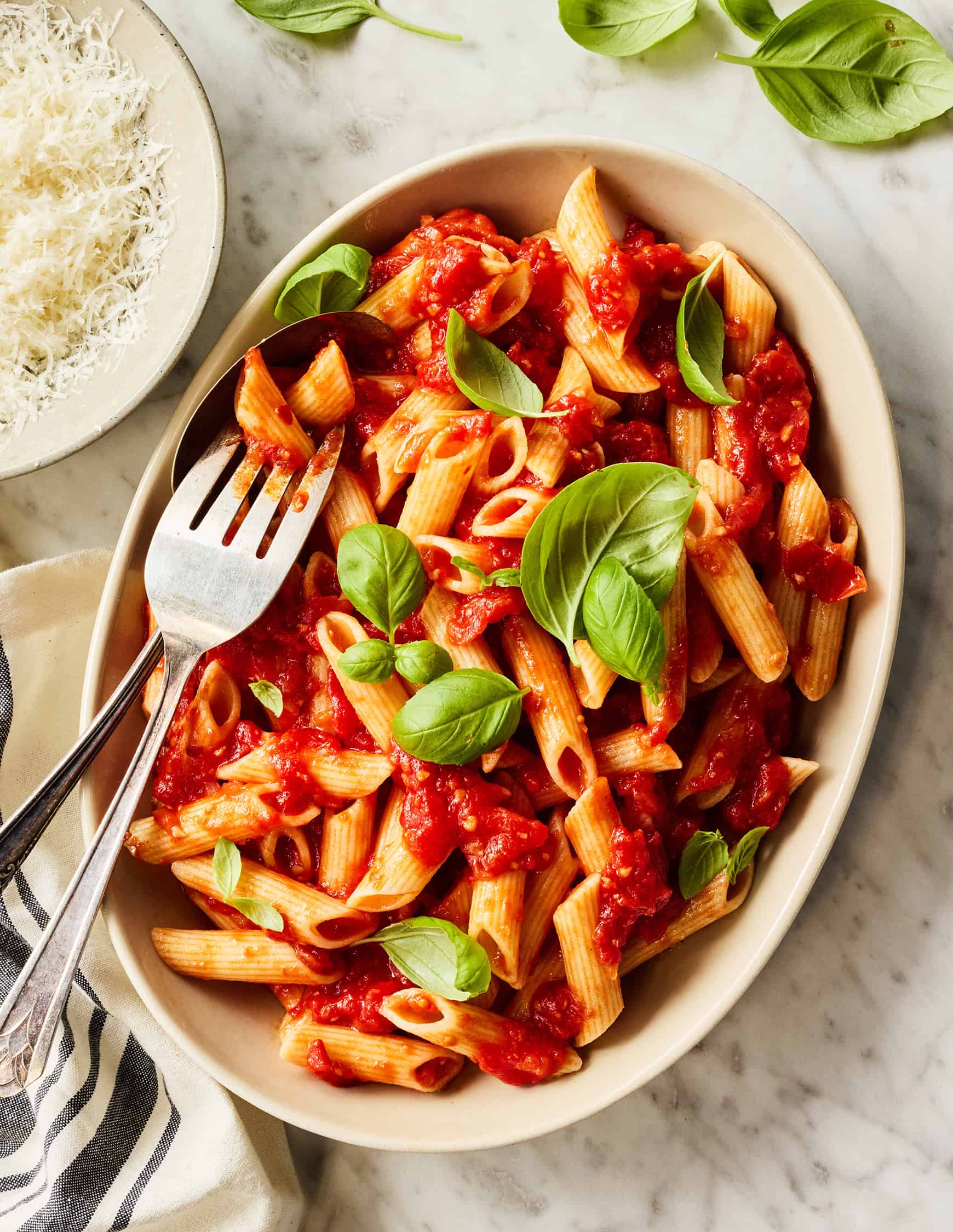
Break out the red pepper flakes—we’re making arrabbiata sauce! This spicy Italian tomato sauce is one of my favorite sauces to serve over pasta. It’s insanely flavorful, with a generous pinch of crushed red pepper giving it a delicious kick of heat. It also happens to be easy to make in 30 minutes with 7 basic ingredients. I love having this arrabbiata sauce recipe in our pasta night rotation—I hope you will too!
What is arrabbiata sauce?
Arrabbiata sauce is a spicy tomato sauce that hails from Rome, in the Lazio region of Italy. Made with simple ingredients like San Marzano tomatoes, garlic, and olive oil, it’s similar to classic marinara, with the main difference being that arrabbiata sauce also includes a decent amount of red pepper flakes. Called sugo all’arrabbiata in Italian, its name literally translates to “angry sauce,” referring to the heat of the red chili flakes.
This sauce is traditionally served over tube-shaped pasta like penne or rigatoni, but that’s not the only way you can use it. Find some of my favorite serving suggestions below!
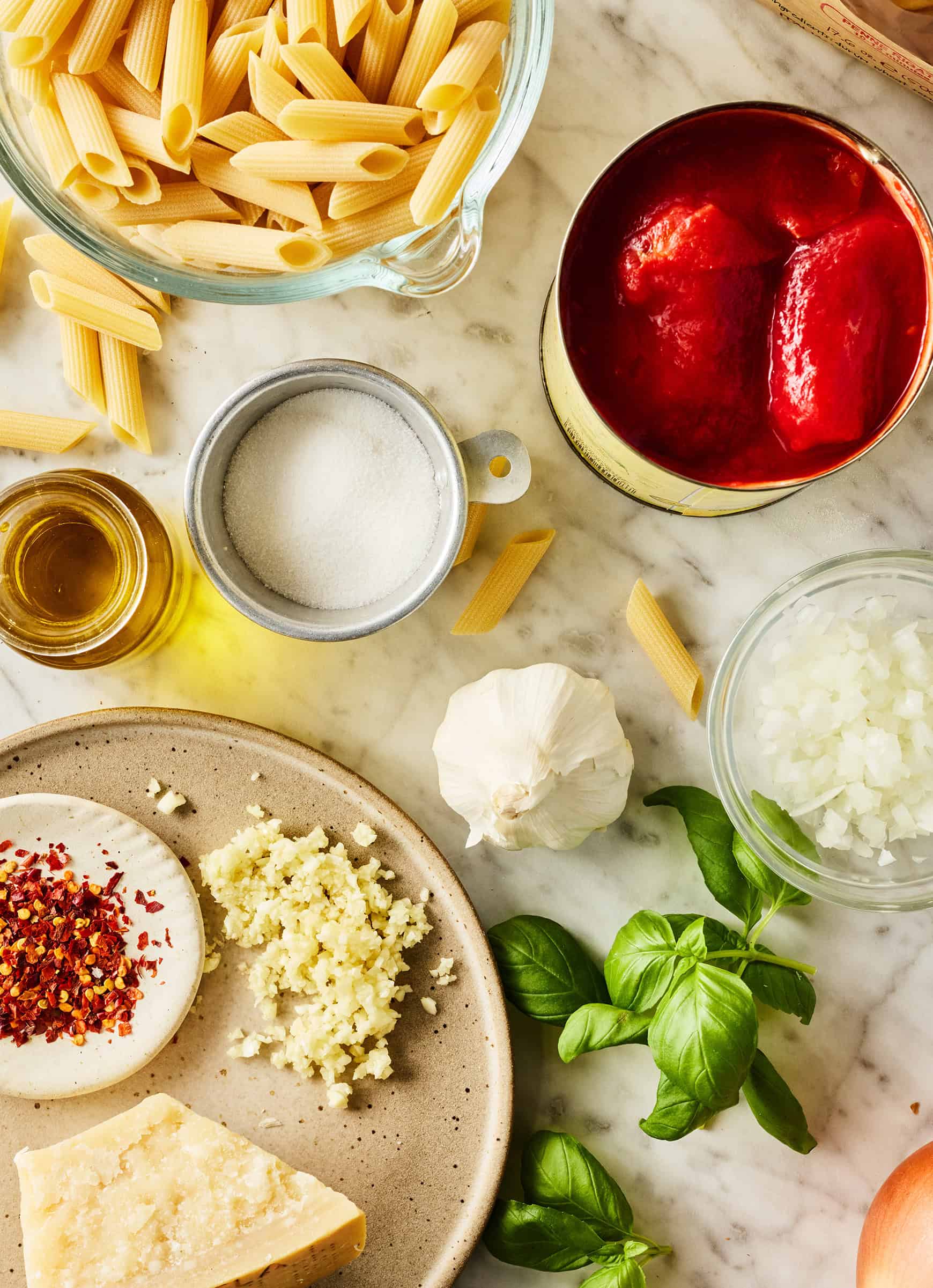
How to Make Arrabbiata Sauce
My arrabbiata sauce recipe has 7 simple ingredients:
- Canned whole peeled tomatoes – If you can find them, use San Marzano tomatoes for the sweetest flavor.
- Crushed red pepper flakes – For heat. I use 1 1/2 teaspoons to give this sauce a spicy kick, but if you’re nervous about it getting too spicy, you can start with less and add more to taste.
- Onion and garlic – For savory depth of flavor.
- Extra-virgin olive oil – For body and richness.
- Cane sugar – I often add a pinch to balance the acidity of the tomatoes. If you find that your tomatoes are sweet enough to skip it, feel free.
- And sea salt – To make all the flavors pop!
Find the complete recipe with measurements below.
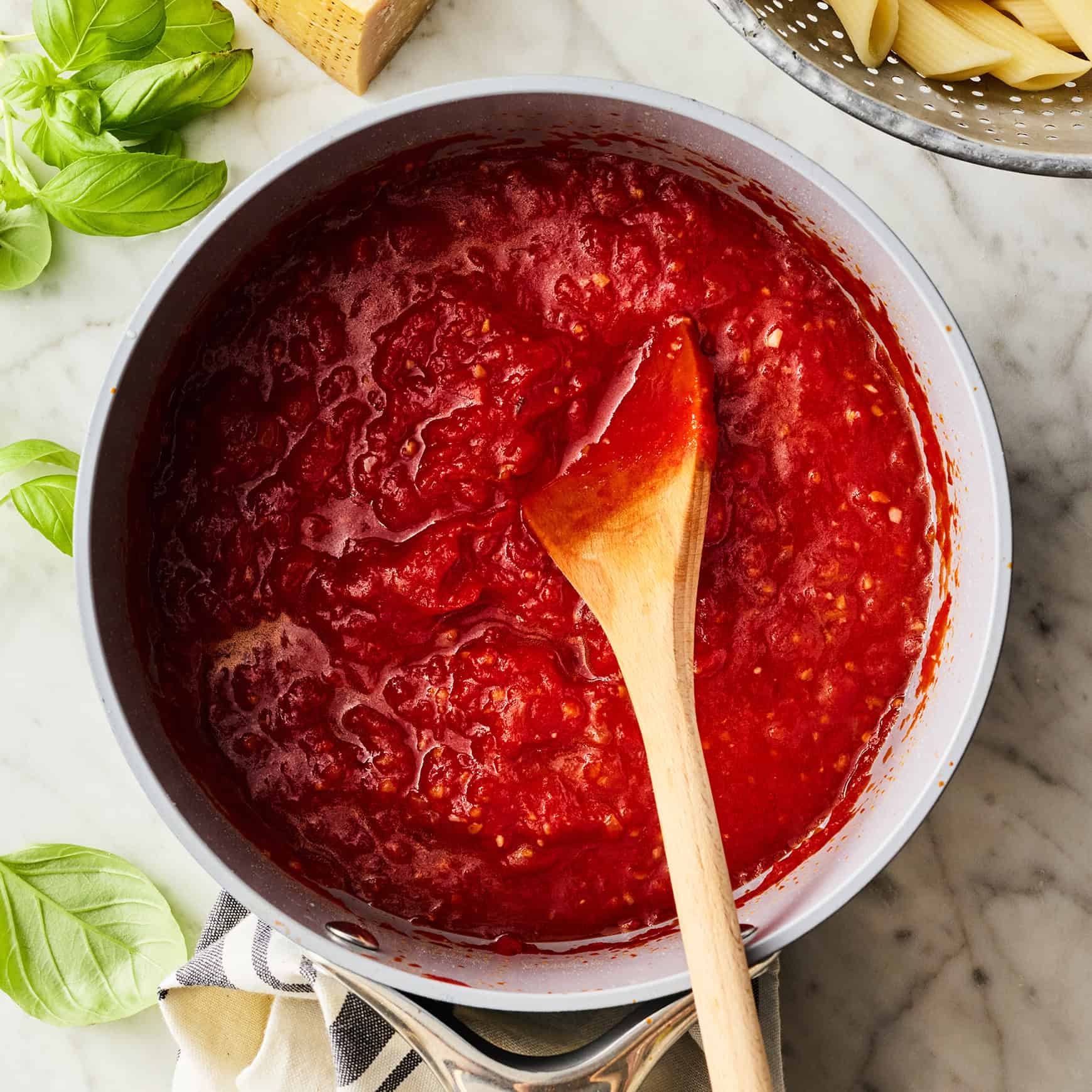
To make the sauce, start by sautéing the onion, garlic, and red pepper flakes. Cook until the onion softens, about 5 minutes. During this time, the red pepper flakes will infuse the oil with heat.
Then, add the tomatoes and their juices. Use a wooden spoon to crush the whole tomatoes against the sides and bottom of the pot. You want the sauce to be mostly smooth but still retain some texture. Stir in the sugar.
Simmer over low heat for 20 minutes to develop the flavors and thicken the sauce. Season to taste, and enjoy!
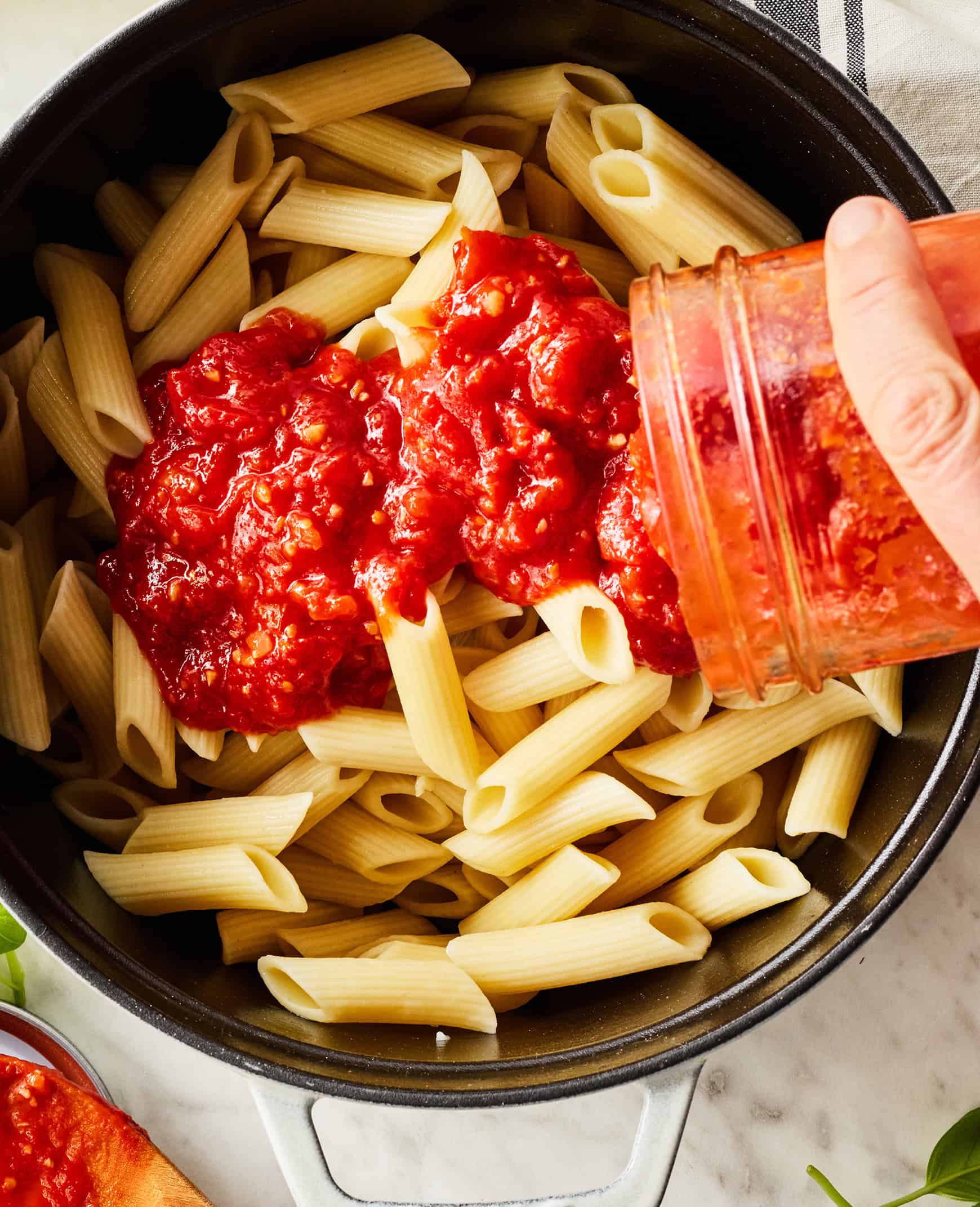
How to Use Arrabbiata Sauce
- On pasta. I love this sauce over penne, but feel free to use your favorite pasta shape. I often add a little pasta water to loosen the sauce and help it coat the pasta. Top with fresh basil leaves or parsley and Parmesan cheese.
- Over gnocchi. Make potato gnocchi from scratch, or use store-bought for a quick and easy dinner.
- On pizza. A spicier alternative to regular pizza sauce.
- In baked pastas or eggplant Parmesan. Making a recipe that calls for marinara? Feel free to use arrabbiata sauce instead! It would be delicious in a vegetarian lasagna or baked ziti.
How do you like to use this sauce? Let me know in the comments!
How to Store
Homemade arrabbiata sauce keeps well in an airtight container in the refrigerator for up to 5 days. For longer storage, freeze it for up to 3 months.
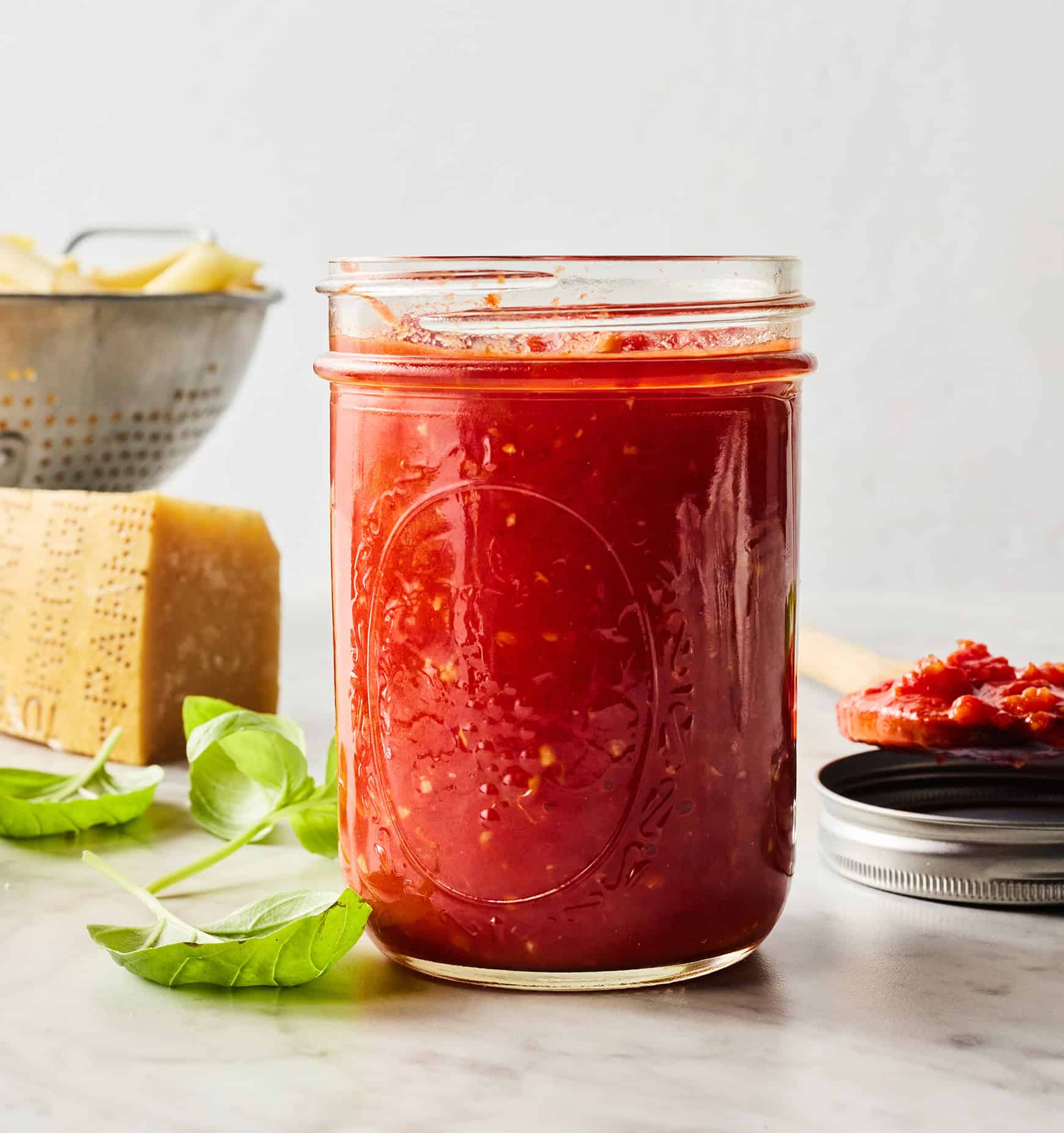
More Italian Sauce Recipes
If you love this arrabbiata sauce recipe, try one of these classic Italian pasta sauces next:

Arrabbiata Sauce
Ingredients
- 3 tablespoons extra-virgin olive oil
- ¼ medium yellow onion, finely chopped
- 3 garlic cloves, finely chopped
- 1½ teaspoons red pepper flakes
- ½ teaspoon sea salt
- 1 (28-ounce) can whole peeled San Marzano tomatoes
- Pinch cane sugar
Instructions
- Heat the olive oil in a medium pot or saucepan over medium heat. Add the onion, garlic, red pepper flakes, and salt and cook, stirring often, for 4 to 5 minutes, or until softened.
- Add the tomatoes and their juices, crushing them against the sides and bottom of the pot so that the mixture is mostly smooth but still has some texture. Add the sugar and reduce the heat to low.
- Simmer, stirring occasionally, for 20 minutes, or until thickened. Season to taste.








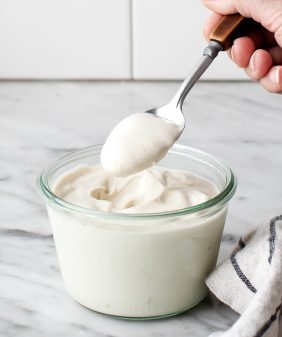

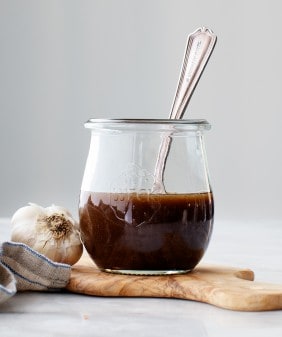



Good Article. Thanks for sharing your valuable information
Thank YOU SO much for giving me VEGETARIAN recipes. A LOT of these cooks ONLY use meat recipes! If there is another couple or even the wife or husband are single veggies like me please ask them if you can give me their e-mail address. I am 77 years old and never ate meat because I felt as a young child I would NEVER eat my playmates !!!!!! Barbara Lenchak 25 miles out of Cleveland, Ohio !!